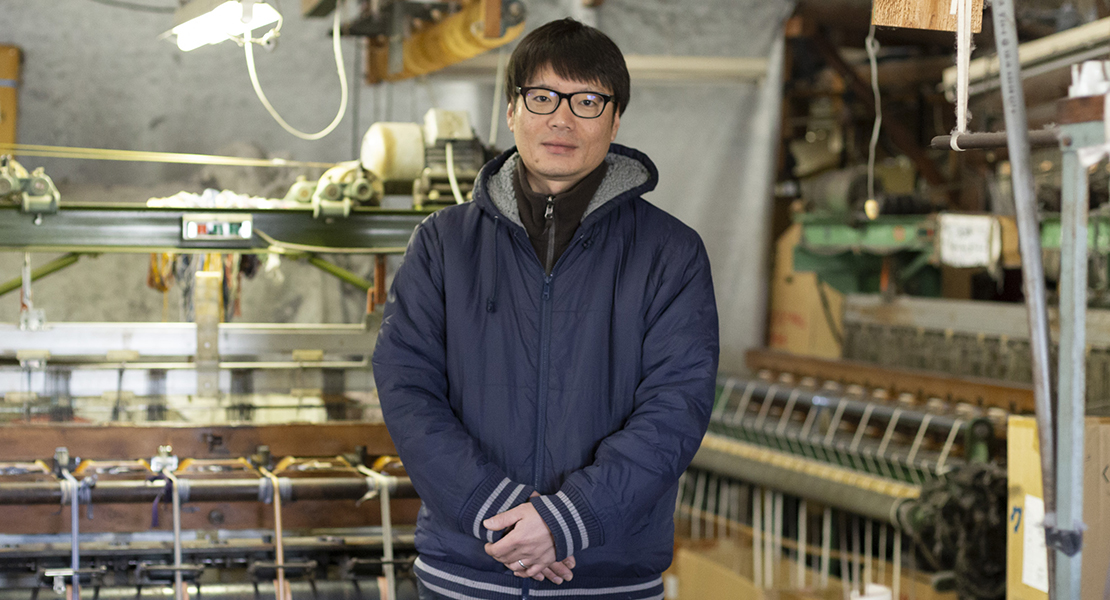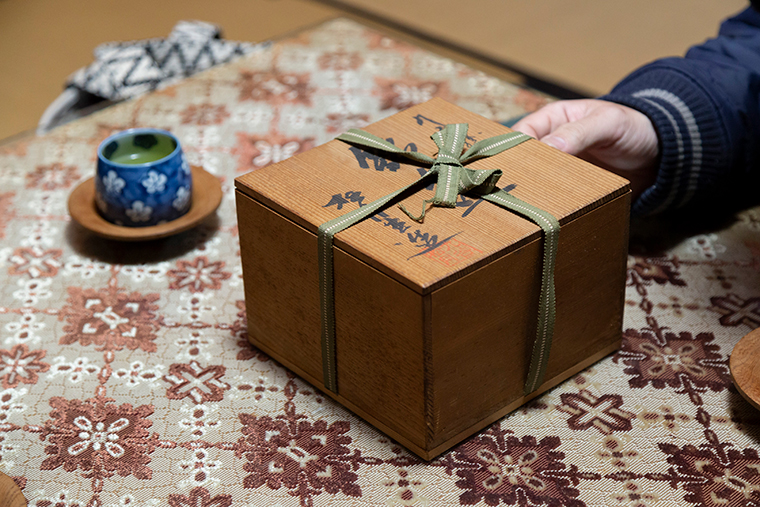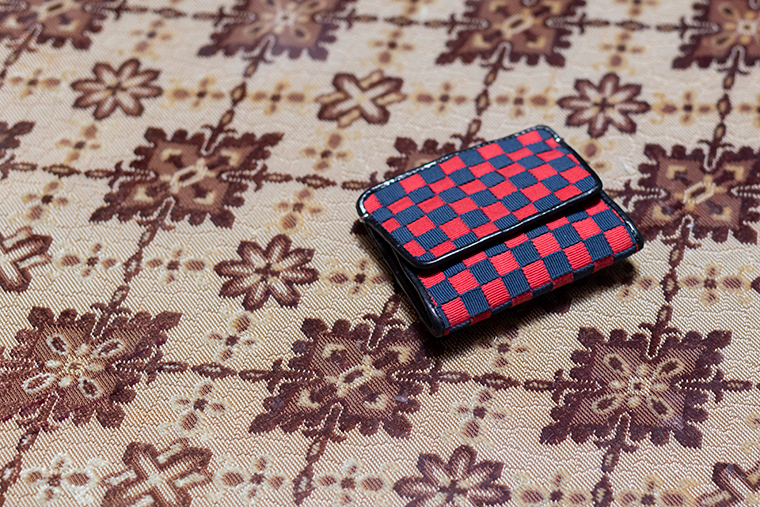With Community
WITH YOU TO YOU.
- Fujii Ribbon co.,ltd.
- Tomoyasu Fuji

changing the values of traditional crafts
The story of how the Sanada braid was created by Sengoku warlord Sanada Masayuki and son Yukimura
The Sanada braid is “A strong braid that uses Sanada”. Sanada Masayuki and son Yukimura used these braids to secure their armour in place during the Sengoku period. The braid has to be very strong and durable so that the Kabuto (helmet) and swords do not slip out of place. You could be in grave danger if the braids become loose or broken. So you could say that the braids were a ‘lifeline’ of the warlords. Now, it seems that the braids were of great importance during the Edo period but it has become somewhat obsolete in recent times. These braids are now used to tie up boxes of crafts and tea sets or as decoration for traditional Japanese clothes like Kimonos. In other words, the braids are now no longer in the main scene of the daily lives of modern people and aren’t as well known as before. “The Sanada braid craftsmanship is going to die out at this rate….” Mr. Fujii the fourth generation company president of “Fujii Ribbon LCC” worried.
He took action and joined an organization called “Warabi”, in an attempt to revive the craftsmanship techniques and create new values as he joined hands with The Bingo area which is famous for the textile industry.

Colors of Japanese aesthetics
The Sanada braid is afterall a textile. Thin and thick threads are woven into a strong plain weave called ‘Hosohaba’ textile which translates to ‘thin width’ textile: the Sanada braid. The main characteristic is that you can combine different color threads and create patterns. There are many different designs of the braids from a simple single stripe, detailed lattice patterns to a more modern and casual checkered pattern. These playful and colorful patterns of the braids doesn’t come from simply thinking in terms of ribbons.
Back in the days, the warlords had preferences in the pattern and each family had their own unique pattern. Even in the world of tea, there were specific patterns only certain schools of Japanese tea can use, called ‘Yakusokuhimo’. The color combination and patterns reflect your aesthetics. You could even say that the Sanada braid is Japanese culture itself. This statement may be an exaggeration but for sure, the beauty of Japanese aesthetics lives on in these braids.

Changing the values of traditional craftsmanship: New decisions and challenges
Mr. Fujii, the fourth generation of Fujii Ribbon LCC came up with the idea of making a hat from Sanada braids. The brim of the hat is made by winding the braid in circles and by continuing the process and shaping it into a hat, voila, you have a durable and colorful hat! This was made possible by collaborating with the local hat manufacturers. The hat went viral and from there, new items such as bags, hair accessories, key holders and coasters were created. Their original brand ‘Various Change’ created in 2011 slowly gained popularity and now they are known not only in Fukuyama but in other neighboring cities as well. Even the staff at the Fukuyama city hall uses the braids to hang their name tags. The braids have also received unexpected positive responses in speciality stores. The alternative uses of the Sanada braid is becoming more and more familiar amongst the locals and is appearing more frequently in daily scenes.

Weaving tradition with passion and precision
“My parents and grandparents were making Sanada braids since I was born so I didn’t think of it as a novelty. With the help of our friends, we challenged ourselves to ‘create new products by utilizing our own techniques’ instead of just mass producing our standard products,” says Mr. Fujii while blushing but he also had a spark of curiosity in his eyes. On the way back, Mr Fujii showed us around their factory. The wooden building have pillars that are exposed and old weaving machines that are busy running away. “This is the weaving machine for the Sanada braid. It’s over ten years old and new models aren’t produced so it’s technically the newest edition,” laughed Mr. Fujii. However, the moment he started weaving, his expression became more serious as he kept his stern eye on the machine. “Even if you weave for a day, you can only make six 60 meter braids so a total of 360 meters. We weave very carefully since even a small mistake can cause a distortion in the pattern and width. We carefully and slowly align the width, tighten the thread and make sure that the braid doesn’t get damaged.”
As we talked, Mr. Fujii’s attention was entirely on the weaving machine. He had the eye of a true passionate craftsman. The factory temperature was 3 degrees celsius and you could see his breath in the cold as he worked on the braid. Something about watching his dedication for the Sanada braid makes you want to reflect on yourself.

Fujii Ribbon co.,ltd. × ANCHOR HOTEL
The Sanada braid peeks out from the back collar of ANCHOR HOTEL’s room wear. It is indeed a small detail but it does make the backside look stylish. You won’t know which pattern you will get until you arrive so it’s a surprise! You will also encounter the braid on the clothes brush which is in every room.

-
Fujii Ribbon co.,ltd.
2866,Kawaminami,Kannabecho,Fukuyama-city,Hiroshima,720-2124,JAPAN/TEL.084-962-0026
Fujii Ribbon was founded in 1921(Taisho 10).
Their manufactured textile used to be Japanese Silk and Brocade. But now they produce and sell all kinds of narrow woven fabrics such as fabric ribbon, including Sanadahimo (Japanese Traditional Woven Straps).
In 2011, they launched their own brand Various Change that they projected items with the combination of traditional craft skill and modern design.
They are always challenging for more creative and Various Change.

